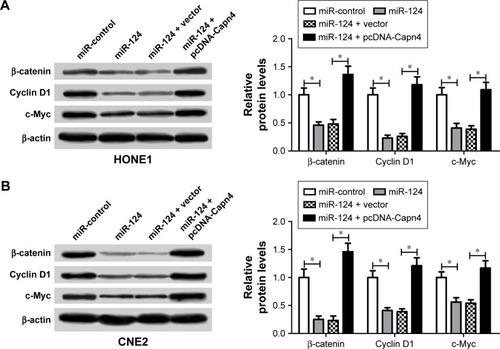Figures & data
Figure 1 The level of microRNA-124 (miR-124) was downregulated and Capn4 expression was upregulated in NPC cell lines (HONE1, CNE1, and CNE2) compared with human nasal epithelial cell line (HNEpC) or immortalized nasopharyngeal epithelial cell line (NP69).
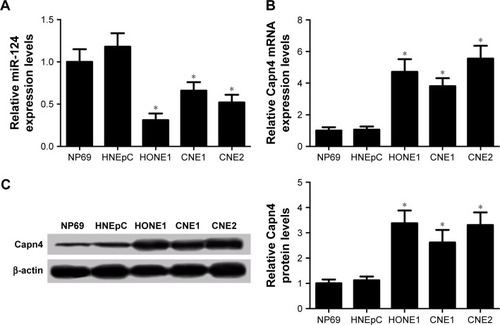
Figure 2 MicroRNA-124 (miR-124) inhibited proliferation and invasion of nasopharyngeal carcinoma (NPC) cell lines HONE1 and CNE2. HONE1 and CNE2 cells were transfected with miR-control or miR-124.
Abbreviation: NC, untreated cells.
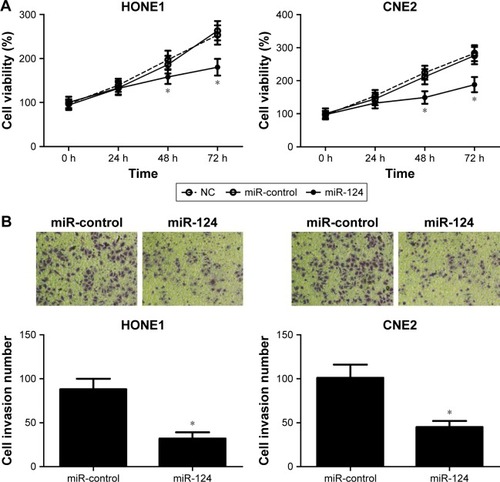
Figure 3 MicroRNA-124 (miR-124) directly suppressed Calpain small subunit 1 (Capn4) expression.
Abbreviations: MUT, mutant; NC, untreated cells; WT, wild-type.
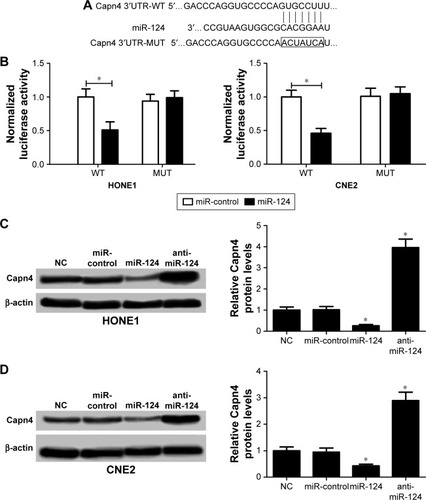
Figure 4 MicroRNA-124 (miR-124) suppressed proliferation and invasion of NPC cells through the inhibition of Capn4 expression. HONE1 and CNE2 cells were transfected with miR-124 or in combination with pcDNA-Capn4.
Abbreviation: NPC, nasopharyngeal carcinoma.
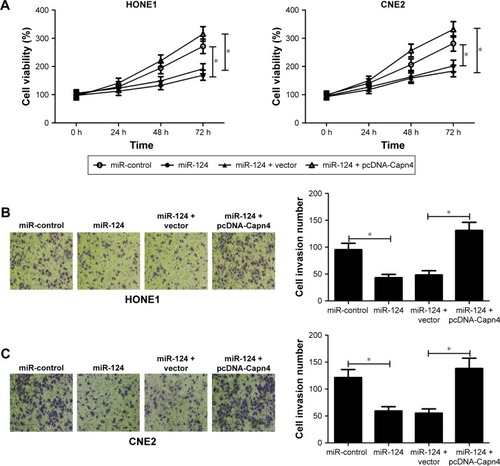
Figure 5 The Wnt/β-catenin signaling pathway inhibitor, XAV939, suppressed proliferation and invasion of nasopharyngeal carcinoma (NPC) cells. HONE1 and CNE2 cells were treated with different doses of XAV939 (0, 10, and 20 μM).
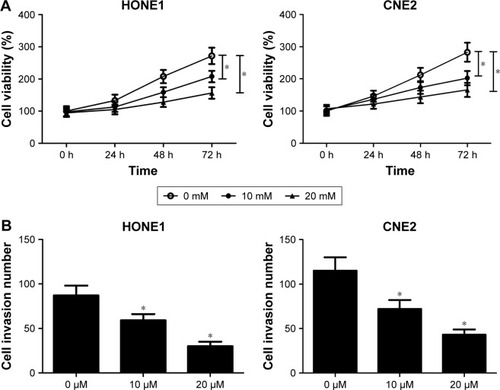
Figure 6 Overexpression of calpain small subunit 1 (Capn4) reversed the inhibitory effect of miR-124 on the Wnt/β-catenin signaling pathway. HONE1 and CNE2 cells were transfected with miR-124 or co-transfected with miR-124 and pcDNA-Capn4 (A and B). Western blot analysis revealed that Capn4 overexpression reversed the decreased β-catenin, cyclin D1, and c-Myc protein levels caused by the overexpression of miR-124 in HONE1 and CNE2 cells. Data are shown as mean ± standard deviation (n=3). *P<0.05 miR-124 or pcDNA -Capn4 treated cells vs miR-control or vector treated cells.
